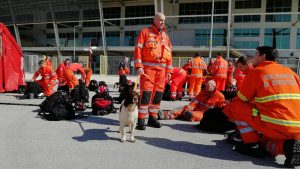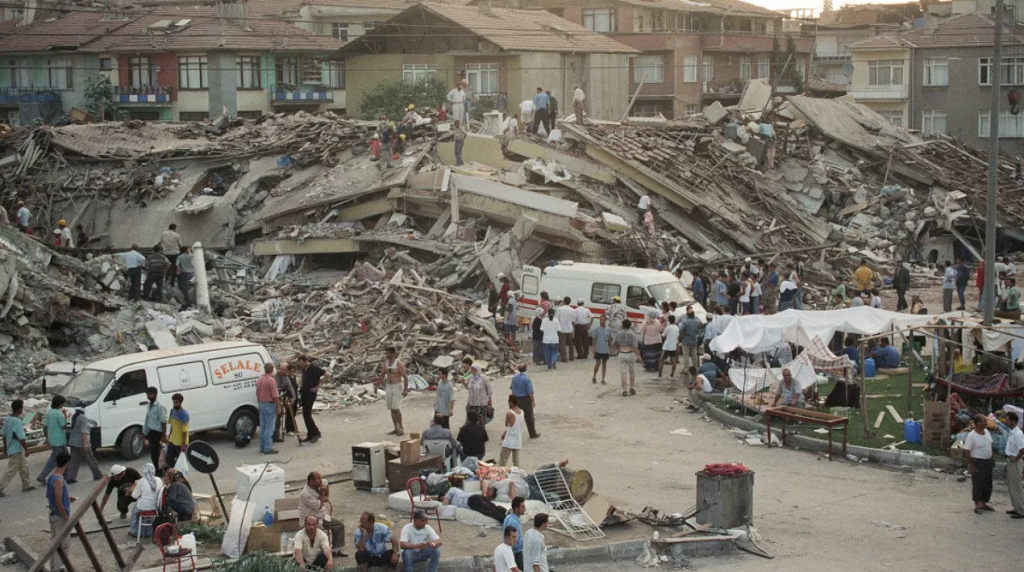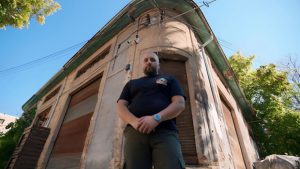Turkey and Syria earthquake is worlds deadliest in more than a decade
More than 17,000 people have died in the earthquake which struck Turkey and Syria – the world’s deadliest for more than a decade.
Videos of young children being rescued from rubble days after the quakes bring moments of hope, but it fades as many more remained trapped.
Fears as many as 180,000 people could be buried – while satellite photos indicated the scale of the 7.8-magnitude quake’s destruction in the Turkish city of Kahramanmaras.
Turkey president Recep Tayyip Erdogan visited some of the worst-hit regions where he acknowledged failings with initial relief efforts.
But he insisted the problems had been ironed out and promised no-one would be left homeless.
Experts said the survival window for those trapped under the rubble or otherwise unable to obtain basic necessities was closing rapidly.
At the same time, they said it was too soon to abandon hope.
David O’Neill, from the UK International Search and Rescue Team, told Sky News were continuing to find survivors in the rubble – despite being outside the “critical” 72-hour rescue window.
“It is surprising, but it is encouraging,” said Mr O’Neill.
“The way these buildings have collapsed they leave many survivable voids within them and given the time that this happened, a lot of people are wrapped up in bedding and such.

“Whilst the people that were recovered yesterday were very dehydrated, slightly hypothermic because of the extremely cold conditions here, they are still alive.”
Steven Godby, a natural hazards expert at Nottingham Trent University said: ‘The first 72 hours are considered to be critical.
‘The survival ratio on average within 24 hours is 74%, after 72 hours it is 22% and by the fifth day it is 6%.’
According to the disaster management agency, more than 110,000 rescue personnel were now taking part in the effort and more than 5,500 vehicles, including tractors, cranes, bulldozers and excavators had been shipped.
The task is monumental, however, with thousands of buildings toppled by the earthquake.
In Syria, aid efforts have been hampered by the ongoing war and the isolation of the rebel-held region along the border, where today the first aid convoy reached the north 4 days after the quakes hit.
This has become one of the most devastating natural disasters in the 21st century.
The earthquake’s toll has already outstripped that of a 7.8-magnitude quake in Nepal in 2015, when 8,800 died.
A 2011 earthquake in Japan triggered a tsunami, killing nearly 20,000 people.









